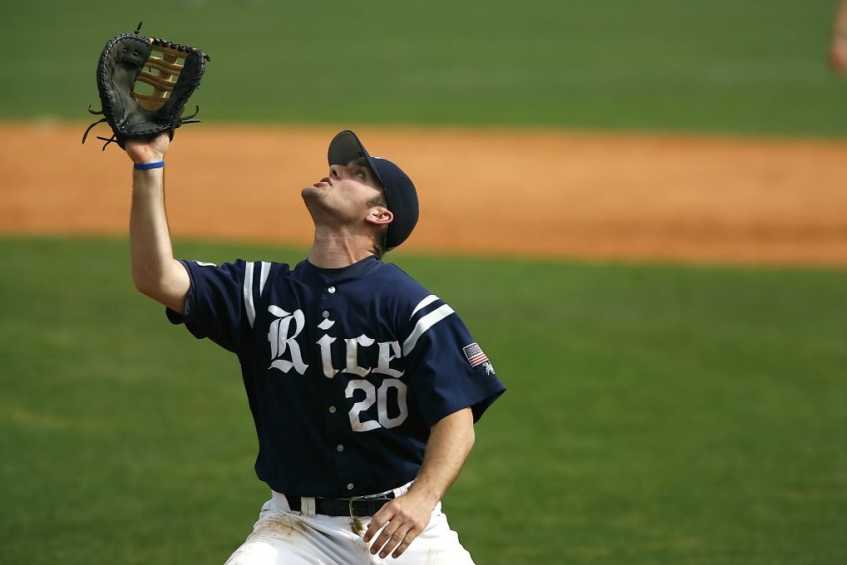
It is not a terrible idea for baseball coaches to leave the baseballs at home for the first baseball practice, or two, of the season. That may seem strange, but simulating actions without baseballs, is not a bad idea, so players can focus on the correct actions only. This is also a good time to have interested parents attend to also learn correct skill actions that can be practiced at home.
It is very common for players to jump into working on the baseball skills of hitting, throwing and fielding, without enough regard for correct movements of those, as they are concerned more with results of hitting balls hard, throwing them hard and catching them. The first few practice sessions are a good time to focus on breaking down those actions even further, and without actually using baseballs greater concentration can be applied to the correct, fluid movements required for all baseball skills. Additionally, this no ball use allows coaches to focus on some of the minute details that set the stage for performing all baseball skills, without worry of injury from being struck by thrown or batted balls. This no baseballs practices are especially useful indoors when less room is available, as in the local grade school gymnasium, where safety is difficult.
Without the use of baseballs, coaches can have players simulate all types of baseball actions, as the following, many of which are often overlooked.
No baseballs practice helps players learn to visualize correct baseball actions, an important part of improvement and future success. Finally, the best-case scenario has ballplayers who come to the first practice in good physical condition, strength wise and aerobically. However, as with all sports, building some extra conditioning work into early season practices is a good idea to gauge where players are condition wise, along with stressing the importance of good conditioning, and no better time exists for extra conditioning than at the beginning of the season.
After playing major league baseball, Jack Perconte has taught baseball and softball since 1988 and offered valuable coaching training too. He has helped numerous youth players reach their potential, as well as having helped parents and coaches navigate their way through the challenging world of youth sports. Jack is one of the leading authorities in the areas of youth baseball training and coaching training advice.
All Jack Perconte articles are used with copyright permission.There are 0 comments on "No Baseballs Allowed at First Few Practices?"
chandler allen says:
"Hi my name is chandler, i’ve enjoyed..."
On Wanting to tryout for summer ball. as an 18 year old
david graham says:
"With no current MLB team in Canada,..."
On With no current MLB team in
Charles Chavez says:
"To All Coaches: Do you have13U or..."
On Looking for Games